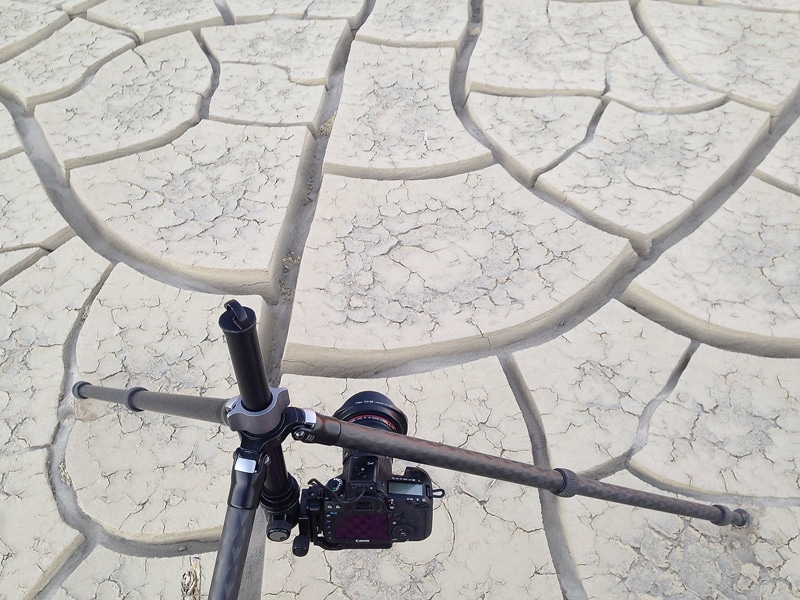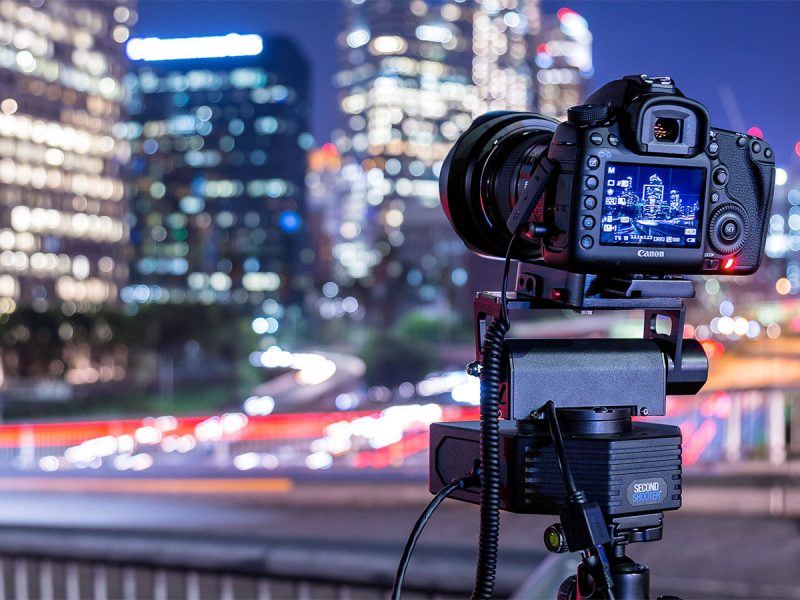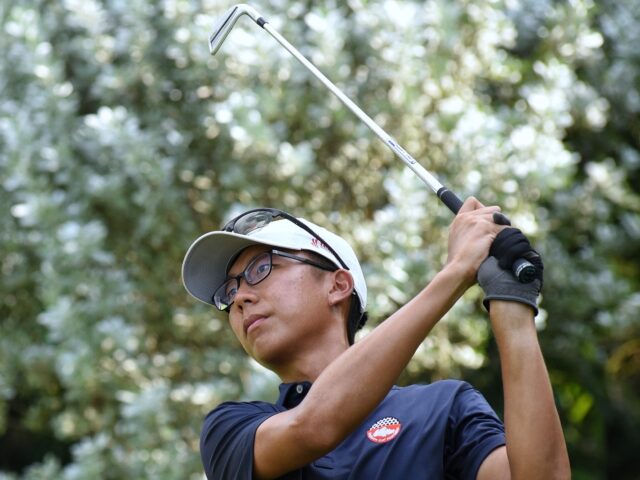How Lighting Affects Photography
A very crucial consideration for digital photographers is light. Truthfully, light result is recorded by digital photographers on things, if the picture is taken in light that comes naturally or coming from incandescent light. Any digital photographer that knows just how the lens and eye recognize the colour range is able to maximize the light usage in photography.
The Spectrum of Colour
To the nude eye, the sunlight’s all-natural light along with the incandescent fabricated light appears white. But if a light is shone with prism, a rainbow variety of colours will appear. What this reveals is exactly how white ‘colour’ has each colour range color.
When an object is struck by light, a little the range colour is soaked up by the things and is reflected back to the various other colours. The colour portion that the item did not absorb, however showed to the eye, will be the colour that the human eye perceives of the object. As an example, black will be the colour of the spectrum that is reflected by a white wall. Therefore, the cam lens (human eyes) sees white. On top of that, a red rose will show the colour range’s red colour while a black object will absorb all the colours on the spectrum.
Colour Photography with Natural Light
Unlike what several persons think, light in natural kind in photography is not constant. Whether you are taking pictures of the household at a vital event or when you are making memories when you take a trip, at different times during the day, a selection of colour range tones control all-natural light. As an example, in the middle of the day, the dominant colour of the range is the blue sector, emitting a light that can be referred to as great. Currently of day, the sharpest as well as clearest images are generated in light that is intense.
Fairly the reverse, all-natural sunrise as well as sundown light highlights the red section of the spectrum of colour. In photography terms, sundown as well as daybreak light is called warm light as well as these develop warmer photos having a comparison that is softer.
Photography and also Artificial Light
When artificial light is used in photography, the lighting impact will certainly be identified by the kind of bulb that is made use of. The warm radiance that is spread by the incandescent light generates a considerably various effect when contrasted to what a focused, slim and sharp street light beam of light is able to produce.
Incandescent light photographs tend to have a tip of yellow. This can be combated by using a couple of methods. One is to make use of a filter of blue colour to combat the undesirable yellowing. If a video camera with film is being used rather that a digital cam, tungsten movie produced for expert studio or movie theater lights can be utilized. Even though it was not made intentionally for incandescent light, the yellow top quality that is often seen in indoor photography is reduced.
Making use of fluorescent lights as well as street lights creates diffuse light which frequently exchanges greenish tips in photography with colour. This undesirable colour can be eliminated with the help of daytime or fluorescent filter. A professional photographer is able to make use of the effect of the green color created from road lamps to his advantage; the greenish tip can generate macabre or strange effects.

Photography – Direct and Diffused Light
The program of direct or diffuse light used in photography is vital. The topic’s appearance is transformed with different light angles that generate different darkness. Direct light is suitable if you want high degree difference in between darkness and light. Scattered light, for instance fluorescent illumination, captures the topic in various instructions. Absence of comparison in this instance mutes and also softens the colours and also photo respectively.
Black and White or Colour Photography
Illumination is necessary for photography of colour yet it is a lot more needed for sepia or black and white. This may appear counterintuitive yet the absence of colour suggests that the main feature involved in photography with black white is the light-shadow comparison.
The same standard rules associating with light in photography goes with black and white photos too. For instance, a greater level comparison when contrasted to diffuse light is produced by straight light. The light-shadow comparison is a lot more obvious in black white photography than in colour, so straight light should be the choice of photographers when creating the shot.
Please follow SLR Lounge and grab some great information.




